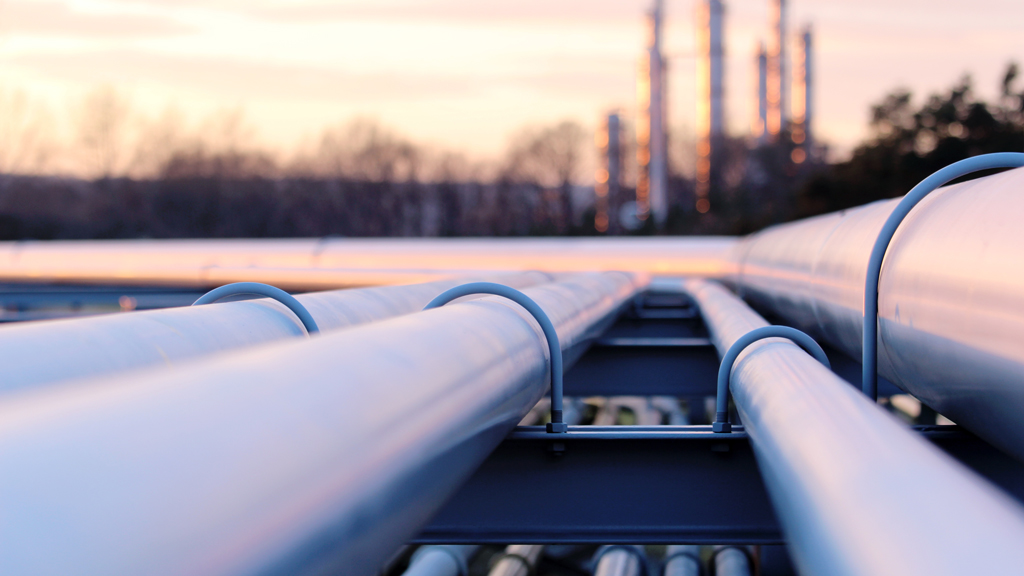
CALGARY, ALTA. — The Canada Energy Regulator (CER) has released a report explaining the economic and market dynamics for the 73,000 kilometres of pipelines it regulates across the country.
The report, titled Canada’s Pipeline System 2021: Economics of CER-Regulated Infrastructure, provides data and trends on the movement of energy between Canada, the U.S. and the rest of the world between 2015 and 2020.
“The pipelines we regulate moved more than four million barrels of oil and 17 billion cubic feet of natural gas per day in 2020. This report provides a snapshot of the trends and economics impacting Canada’s diverse energy system over the past five years and how energy is delivered to Canadians and beyond,” CER chief economist Darren Christie said in a statement.
Canada is the fourth largest crude oil producer in the world and accounted for 5.9 per cent of global supply in 2019.
Pipelines transport virtually all of the nation’s oil and gas production and in 2020, 88 per cent of crude oil exports and 99 per cent of natural gas exports were through CER-regulated pipelines. A total of 82 per cent of Canadian crude oil production was exported in 2020.
Although no new pipelines came into service between 2015 and 2020 capacity on existing oil pipelines expanded due to a series of pipeline optimizations.
Over the same period natural gas pipelines in Western Canada underwent a number of physical expansions to relieve regional bottlenecks.
The report also concluded the COVID-19 pandemic significantly affected the Canadian oil industry with production cut by almost one million barrels in May 2020. Both oil production and pipeline utilization have largely recovered to pre-pandemic levels.
Net exports of Canadian natural gas to the U.S. have declined due to growing U.S. natural gas production displacing western Canadian production in Ontario and Quebec.
CER report explores economics of Canadian pipeline systems - constructconnect.com - Daily Commercial News
Read More
No comments:
Post a Comment